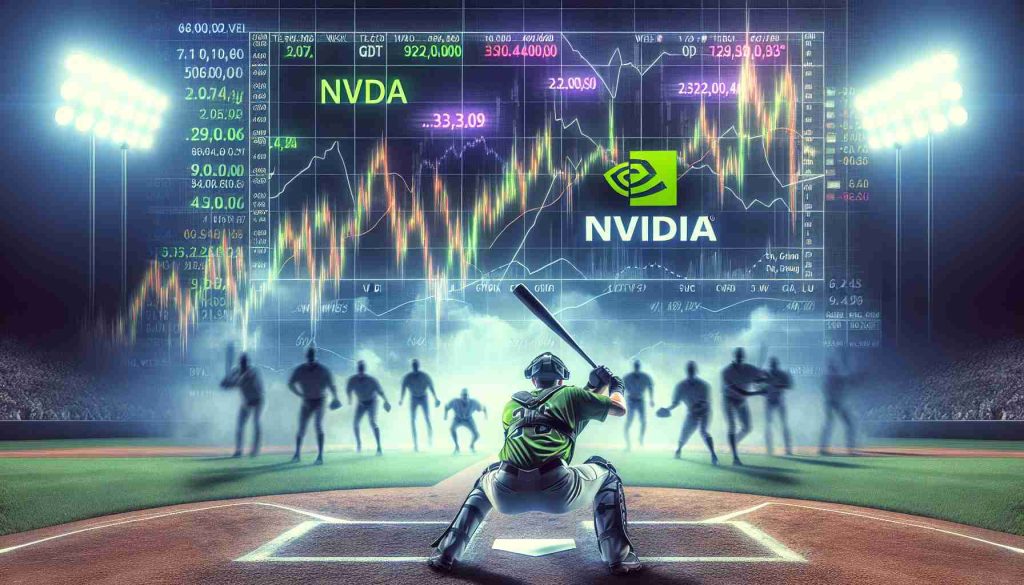Netflix’s recent broadcast of the highly anticipated boxing match between Mike Tyson and Jake Paul ran into significant streaming issues, raising questions about the company’s readiness to host forthcoming live events. Friday night saw customers experiencing frustrating buffering and streaming glitches, which were widely reported by online outage tracker Downdetector.
The troubles during the live broadcast have sparked unease among viewers and analysts alike, particularly with Netflix gearing up for major NFL Christmas Day games. Despite the technical hiccups, Netflix’s stock still managed a nearly 2% increase as trading opened on Monday, bolstered by its remarkable early-year growth.
Netflix disclosed that an astonishing 60 million households worldwide tuned in to watch the fight, which analyst Jason Helfstein described as significantly surpassing expectations. Although he acknowledged the issues, Helfstein downplayed their impact, suggesting they are a solvable hurdle before the NFL showcase.
This latest incident isn’t an isolated event for Netflix, which has faced similar issues during previous live specials. With the Christmas doubleheader approaching, featuring games like the Kansas City Chiefs vs. Pittsburgh Steelers, the pressure for flawless execution is mounting.
Highlighting its commitment to enhancing live broadcasts, Netflix announced superstar Beyoncé will headline the halftime show for an upcoming NFL game, marking her first live performance of “Cowboy Cater.”
While Netflix’s ad-supported tier boasts 70 million active global monthly users, the company’s challenge remains: can they capitalize on this vast audience amid ongoing technical struggles? Concerns persist over whether Netflix can maintain its streaming supremacy as viewership habits evolve and expectations for flawless live events intensify.
The Future of Live Streaming: Can Netflix Overcome Technical Hurdles?
In the wake of streaming hiccups during the high-profile Mike Tyson vs. Jake Paul boxing match, new discussions have emerged about Netflix’s ability to lead in the realm of live event broadcasting. But beyond the technical glitches, what’s truly at stake for users, communities, and the future of entertainment streaming?
The Impact of Live Streaming on Society
Live streaming has drastically changed how people engage with entertainment, sports, and cultural events. The ability to watch events in real time, no matter where you are, fosters global connections and can even enhance social experiences through shared viewership. However, when companies like Netflix struggle to deliver seamless live content, it highlights the fragile nature of this connection.
Such failures can not only sour consumer trust but also impact community events organized around these broadcasts. For instance, bars and public venues that schedule viewing parties may face dissatisfied patrons, affecting local economies dependent on event-based gatherings.
Interesting Facts and Controversies
One fascinating fact is that, despite its issues, Netflix’s stock saw nearly a 2% increase. This raises questions about how deeply viewers’ streaming dissatisfaction impacts long-term investor confidence. Are stock prices more reflective of brand strength than customer satisfaction?
Another controversy revolves around rights and the increased competition for high-profile live events. With streaming giants like Amazon, Disney+, and traditional networks competing for similar content, the stakes are higher. How Netflix handles future broadcasts could influence bidding wars for sports and entertainment licenses.
Advantages and Disadvantages of the Live Streaming Boom
The potential benefits of successful live streaming are enormous. They include international access to exclusive events, advertiser opportunities on a massive scale, and the chance to redefine traditional broadcast media. Conversely, disadvantages include the dependence on complex technologies that can fail, viewer frustration leading to brand damage, and high costs associated with securing live broadcasting rights.
Can Netflix Overcome These Challenges?
The million-dollar question: Can Netflix address these technological challenges effectively? With upcoming high-stakes broadcasts, particularly in sports, Netflix must demonstrate resilience and innovation in its delivery methods. Failure could mean ceding ground to competitors and a slowdown in its position as a dominant streaming platform.
How might they achieve success? Possible solutions could include investing in more robust infrastructure, forming strategic partnerships with tech firms specializing in live streaming, or exploring new technologies such as decentralization for better stability.
Related Links
For those interested in exploring more about the future of live streaming and the companies involved, here are some useful links:
– Netflix
As the landscape of live broadcasts continues to evolve, it remains to be seen what strategies Netflix and its competitors will implement to balance consumer demand with reliable delivery. Only time will tell if they succeed in paving the way for a new era of entertainment.



















